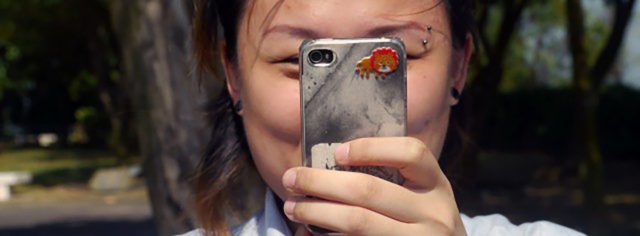Downloadable Quick Guides for Students The Onramp to OSS Becoming a NetArtizen Your OSS Email Notification The User Profile WordPress Settings Your First Post: We’re Ready to Rock ‘n Roll…
Read More
OSS
Downloadable Quick Guide for Faculty Table of Contents Introduction On Being a NetArtizen Accessing The Class Website & Login The User Profile The First Post: Making an Announcement Taxonomies…
Read More
Open Source Studio is integrated with the NTU User ID and password system, so an active NTU email ID and password is required to access OSS. Network Account Password Changer Change of Password …
Read More
Open Source Studio (OSS) began in the fall of 2012 as a project of the Center for Integrated Media (CIM) at the California institute of the Arts (CalArts) near Los Angeles, California. In…
Read More
The primary goal of Open Source Studio (OSS) has been to establish a sustainable online learning platform that can serve the full spectrum of artistic, educational, and research activity in the…
Read More
OSS centralizes content and learning management for students and faculty at the class level. This way, students document their own work within the context of their studies so that faculty can…
Read More
By establishing a public space for documenting work, students are more deeply invested in the practice of writing, with each assignment, process post, media documentation, and other creative activity…
Read More
We do not work in a vacuum: the reciprocal nature of the artistic process, of collective research and collaborative creative activity is essential to OSS. Methods of online writing have been…
Read More
Open source thinking is critical to the OSS networked practice of art, research, and pedagogy. For many, “open source” is a challenge to proprietary forms of thinking, an activist position:…
Read More
The idea of a third space environment on the Internet represents the fusion of the physical (first space) and the remote (second space) into a networked, shared third space that is socially…
Read More










